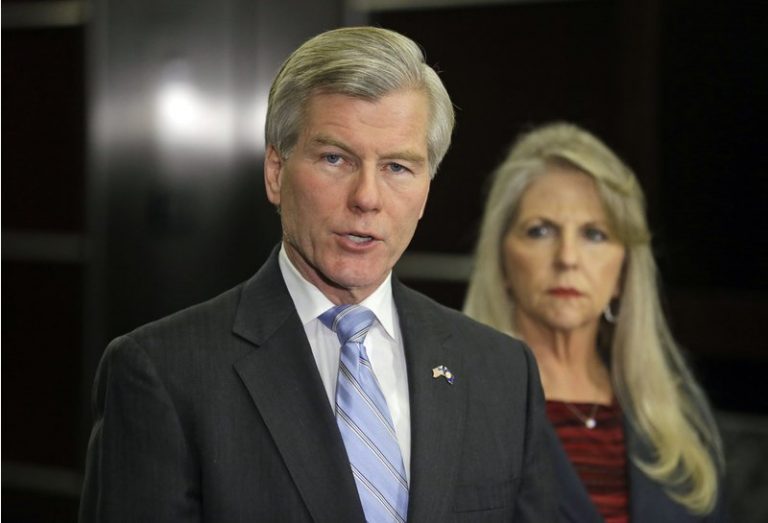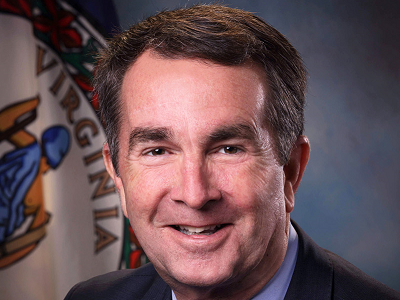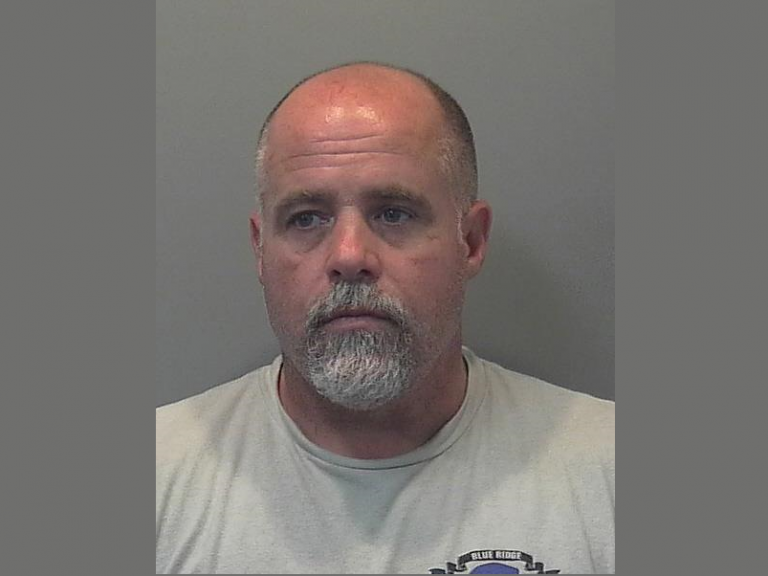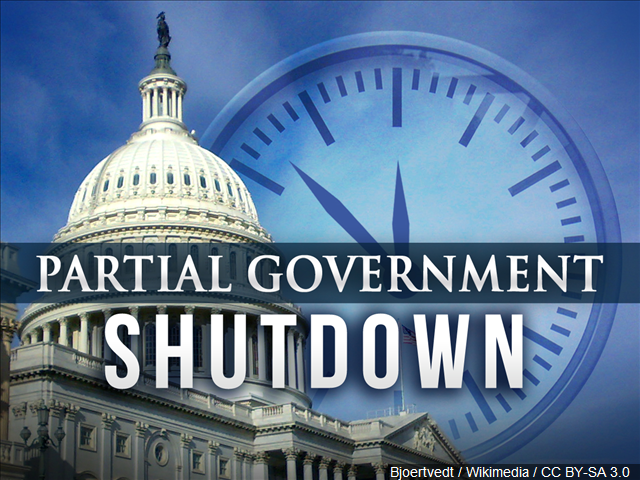Former Virginia Governor Bob McDonnell has filed for divorce from his wife Maureen. That actually happened in...
Across Virginia
RICHMOND, Va. (AP) _ Virginia Gov. Ralph Northam wants to make it easier to vote early and...
When the General Assembly reconvenes later this week, one of the major items on the agenda will...
HIGH WIND WARNING IN EFFECT UNTIL 7 PM EST THIS EVENING… The National Weather Service in...
RICHMOND, Va. (AP) _ Virginia Republicans are outlining a tax plan they say avoids a “hidden” tax...
CHARLOTTESVILLE, Va. (AP) – A predominantly Latina sorority says it was wrongly punished for hazing by the...
The Salem Museum plans to be involved with a statewide program this year. The initiative will feature events...
NORFOLK, Va. (AP) — A Virginia man is suing a railroad company after he says it rescinded...
Virginia lawmakers are preparing to open another General Assembly session, and when they do, they will consider...
LOW MOOR, Va. (AP) — An Alleghany County man arrested in a decades-old sexual assault has been...
CHARLOTTESVILLE, Va. (AP) _ President Donald Trump has signed into law a bill naming a Virginia post...
RICHMOND, Va. (AP) — A federal judge has granted an injunction to stop Virginia’s Department of Motor...
From a Governor Northam’s office: Governor Ralph Northam today issued a letter to President Donald Trump urging work...
RICHMOND, Va. (AP) _ Virginia Gov. Ralph Northam has called on state lawmakers to end the suspension...
Virginia’s unemployment rate is now at its lowest level since April of 2001. The state’s jobless rate...












